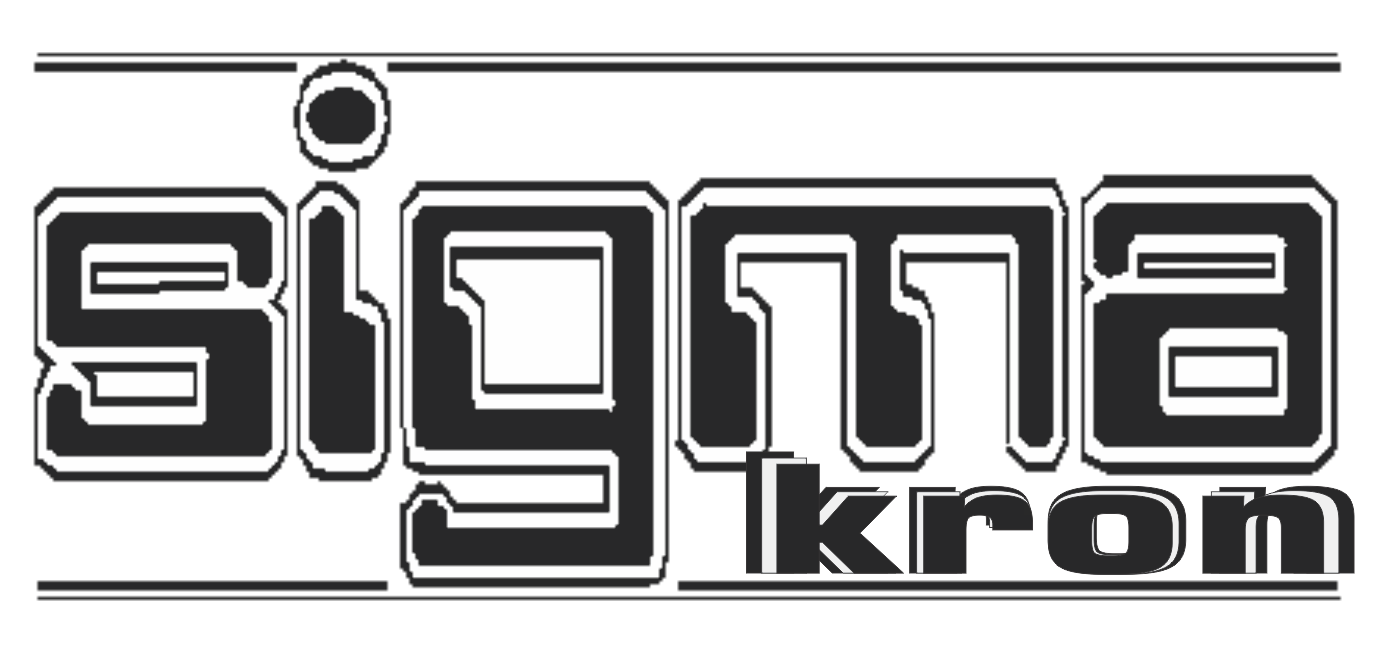Astroclubul București a luat parte ieri 20 mai 2023 la a VIII-a ediție a festivalului național dedicat științei, astronomiei, educației – Astrofest 2023, în parcul Crângași din București, eveniment public organizat de Asociația Science&Technology și revista Stiinta&Tehnica, cu sprijinul Primăria Sectorului 6, prin Centrul European Sector 6.
Pe timp de zi publicul a putut face observații vizuale la Soare, s-au putut observa pete solare și protuberanțe prin echipamentele noastre: luneta solară Lunt (în lungimea de undă a hidrogenului ionizat – Hidrogen alpha) și prin telescoapele dotate cu filtre solare, inclusiv ”Monstrul” – telescopul Newtonian cu oglinda principală de 400 mm și luneta refractor cu lentila de 120 mm.
În același timp publicul a putut viziona expoziția noastră de astrofotografie, unde am inclus imagini cu cromosfera Soarelui, galaxia noastră Calea Lactee dar și obiecte de cer profund: galaxii, nebuloase, roiuri de stele.
La standurile noastre s-au putut vedea fragmente de meteoriți la microscop, machetele modulului lunar și a Stației Spațiale Internaționale, replica unui astrolab din secolul al XVI-lea, un planetariu pentru persoane cu deficiențe de vedere din programul nostru ”AB pentru nevăzători” iar la standul programului ”Astroclubul Junior” am organizat activități interesante pentru copii.
Poze: Bahlu’
– va urma despre observațiile de seară –
Yesterday, May 20, 2023, the Bucharest Astroclub took part in the 8th edition of the national event dedicated to science, astronomy, education – Astrofest 2023, in the Crângași park in Bucharest, a public event organized by the Science&Technology Association and the Science&Technology magazine, with the support of the District 6 City Hall, through the European Center District 6.
During daytime, the Sun surface, sunspots and prominences were observed through our equipment: the Lunt solar telescope (in the wavelength of ionized hydrogen – Hydrogen alpha) and through telescopes equipped with solar filters, including ” The Monster” – newtonian telescope with 400 mm main mirror and refracting scope with 120 mm lens.
At the same time, we displayed our astrophotography exhibition, where we included images of the Sun’s chromosphere, our Milky Way galaxy, but also deep sky objects: galaxies, nebulae, star clusters.
At our stands, one could see meteorites under a microscope, models of the lunar module and the International Space Station, a replica of an astrolabe from the 16th century, a planetarium for visually impaired people from our „AB for the Blind” program and at the „Junior Astroclub” program stand we organized interesting activities for children.
Photos: Bahlu’
– to be continued about the evening observations –











